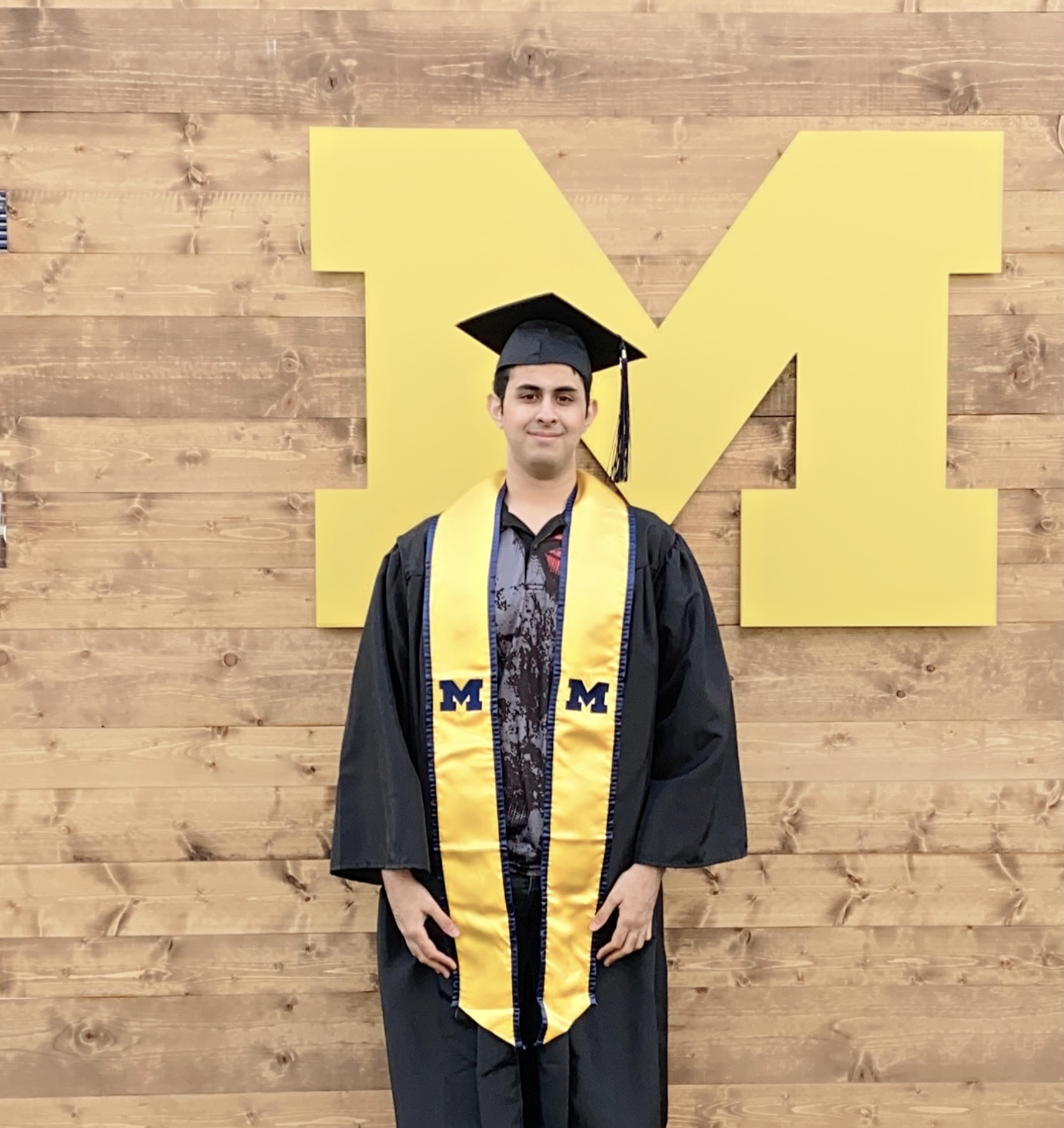Dissertation Defense
Next Generation Sub-THz Circuits and Systems on Silicon
This event is free and open to the publicAdd to Google Calendar

Passcode: CMOS
Millimeter-wave and Terahertz circuits have been investigated for decades due to their numerous applications in mm-wave radars, wireless communication, and next-generation 5G networks. Among these applications, frequency-modulated continuous-wave (FMCW) radars are widely used in the mm-wave, and THz range for imaging and object detection. While advances in silicon-based technologies like CMOS enable the implementation of miniaturized and cost-efficient FMCW radars with excellent range resolution and dynamic range, there are still some challenges. Firstly, designing an FMCW radar beyond transistor’s fmax is quite challenging as the power gain of the transistor is below one. Furthermore, to achieve high range resolution, wideband voltage-controlled oscillator (VCO) is required while there are few wideband CMOS VCOs in the literature. On top of these shortcomings, all of the implemented radars are short-range whereas long-range operation calls for a frequency locked FMCW radar.
In this thesis, we explore different radar topologies to closely study the issues and overcome the shortcomings. A 192-210 GHz DPLL-based chirp radiator is proposed, exhibiting excellent locking capability, high output power, and efficiency, making it suitable for long-range FMCW radar implementation. Next, a 390 GHz wideband CMOS FMCW radar is introduced, achieving wide bandwidth of 57 GHz by extracting the fifth harmonic of a tuned ring oscillator, surpassing existing VCO-based CMOS radars. Lastly, a low-cost 100 GHz radar is demonstrated in 110 nm technology with fmax of only 82 GHz. A double-negative-resistance VCO is proposed to improve the generated power by the transistor and achieve oscillation beyond fmax.
Chair: Ehsan Afshari
 MENU
MENU 
